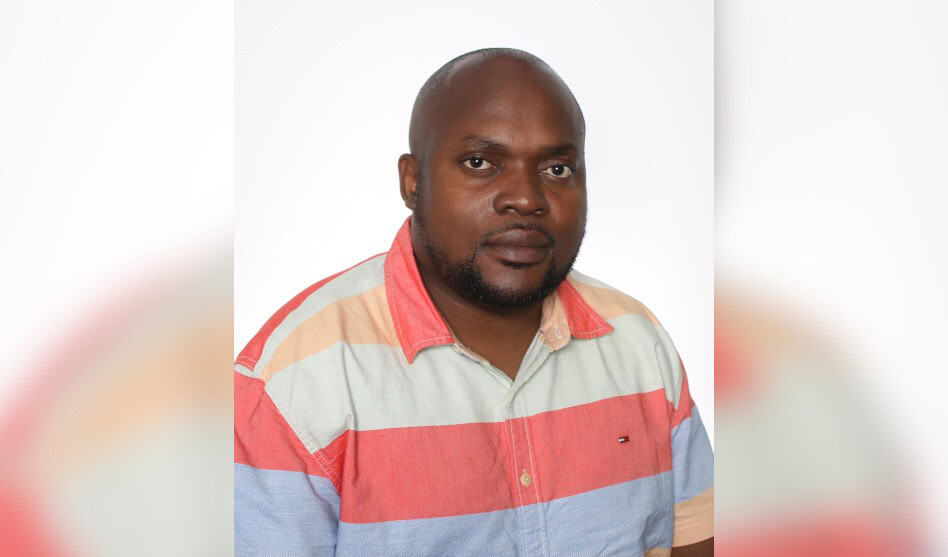HALO PhD candidate Hugues Sampasa-Kanyinga and HALO Scientists Dr. Jean-Philippe Chaput and Dr. Gary Goldfield have recently published a paper titled “24-hour movement guidelines and suicidality among adolescents” in the Journal of Affective Disorders. Congratulations Hugues and team! Citation details and a summary of the paper are below.
Sampasa-Kanyinga, H., Chaput, J.-P., Goldfield, G. S., Janssen, I., Wang, J., Hamilton, H. A., & Colman, I. (2020). 24-hour movement guidelines and suicidality among adolescents. Journal of Affective Disorders, 274, 372–380. doi: 10.1016/j.jad.2020.05.096
Abstract
Background: The 24-hour movement guidelines for children and youth recommend ≥60 min/day of moderateto-vigorous physical activity, ≤2 h/day of screen time, 9-11 h/night of sleep for 11-13 years and 8-10 h/night for 14-17 years. The objectives of this study were to examine the associations between meeting combinations of the recommendations contained within the 24-hour movement guidelines for children and youth and suicidal ideation and suicide attempts, and test whether age and gender moderate these associations. Methods: Data on 10,183 students were obtained from the 2015-2017 Ontario Student Drug Use and Health Survey, a representative cross-sectional survey of Ontario students in grades 7-12 (mean [SD] age, 15.2 [1.8] years). Results: Suicidal ideation and suicide attempts were reported by 13.1% and 3.3% of students, respectively. Meeting individual recommendations or combinations of recommendations were differentially associated with suicidal ideation and suicide attempts between adolescent boys and girls and younger and older (three-way interactions statistically significant for both outcomes). Meeting all 3 recommendations was associated with lower odds of suicidal ideation (OR: 0.24, 95% CI: 0.09 – 0.69) and suicide attempts (OR: 0.08, 95% CI: 0.02 – 0.41) among boys aged 15 to 20 years, but not those aged 11 to 14 years nor girls in both age groups. Limitations: The cross-sectional nature of the data precludes causal inferences and there is possibility of bias related to self-reports. Conclusions: These findings suggest that adherence to the 24-hour movement guidelines among adolescents is related to lower odds of suicidality in older boys.
The full article can be accessed here.



